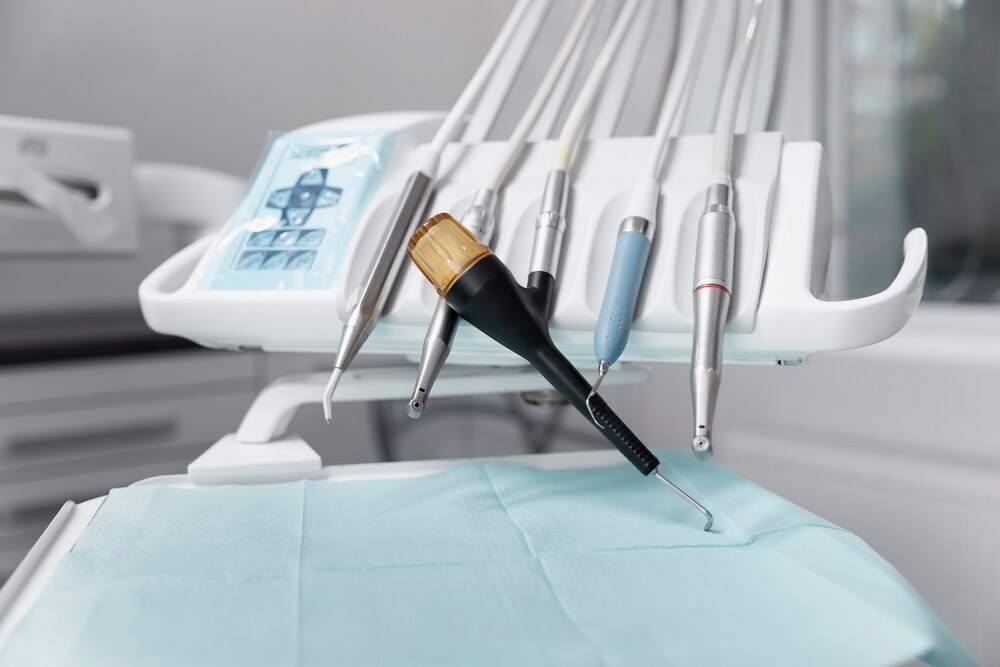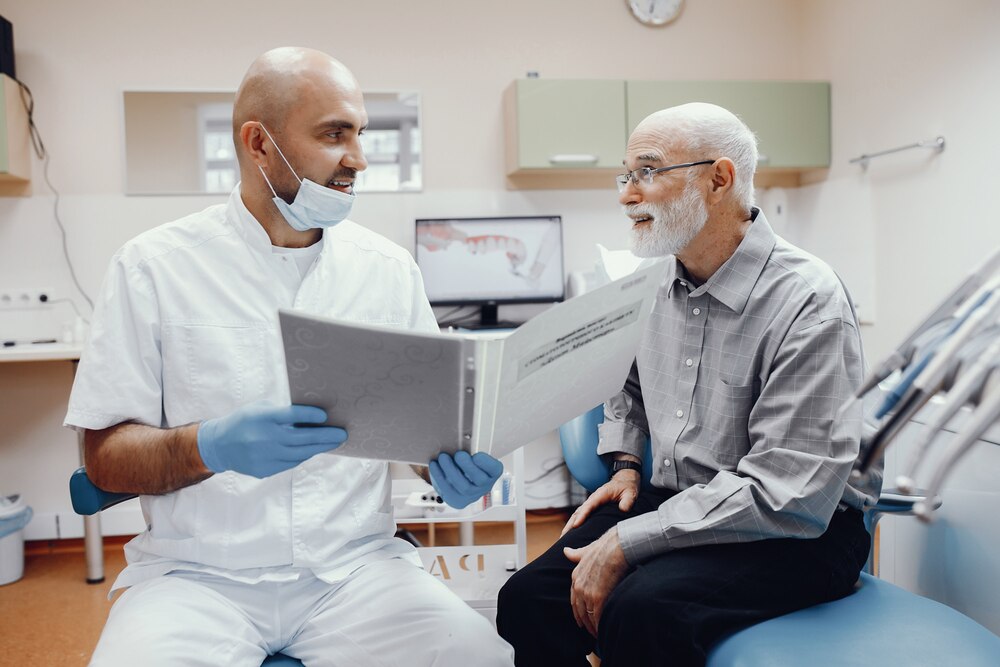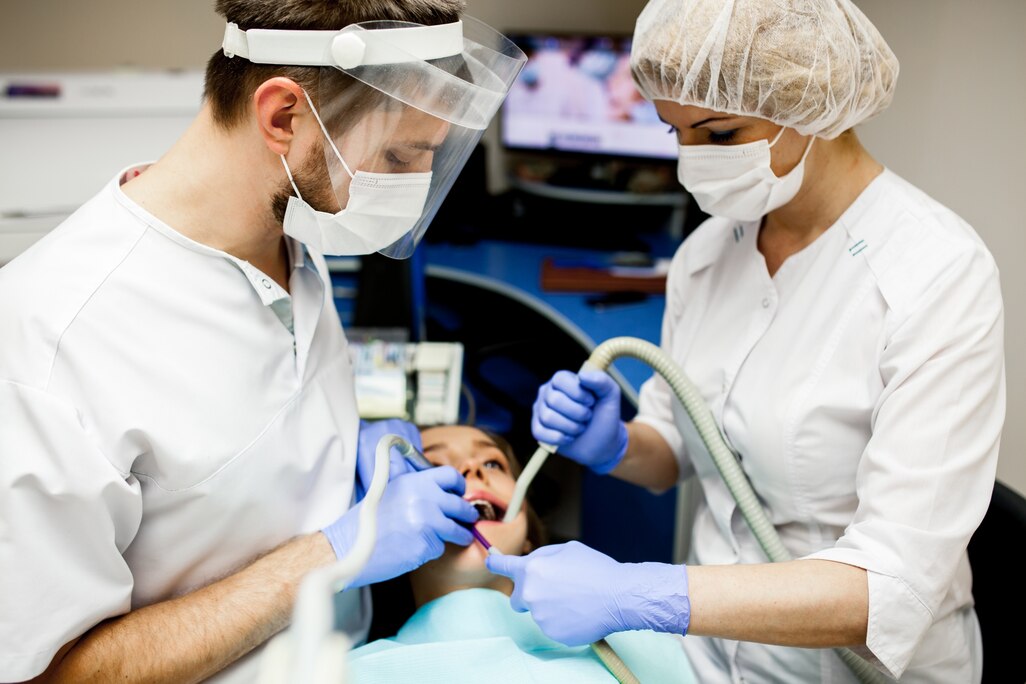A Comprehensive Guide to Dental Hygiene
Maintaining good oral health is essential for overall well-being. Regular dental check-ups and teeth cleanings play a crucial role in preventing oral diseases and maintaining a healthy smile. If you’ve ever wondered what happens during teeth cleaning Hammond, IN appointment, this comprehensive guide will provide you with valuable insights into the process. From the initial examination to the final polish, let’s explore the various steps involved in a typical teeth-cleaning session.
Overview
Step 1: Initial Examination
The teeth cleaning process begins with a comprehensive examination performed by a dental hygienist or dentist. Hence, they will evaluate your oral health, looking for any signs of tooth decay, gum disease, or other dental issues. X-rays may be taken to get a more detailed view of your teeth and jawbone structure. Furthermore, this assessment helps the dental professional develop a personalized treatment plan. Similarly, determine the appropriate cleaning techniques to be used.
Step 2: Plaque and Tartar Removal
Once the examination is complete, the dental professional will proceed to remove plaque and tartar buildup from your teeth. Similarly, plaque is a sticky, colorless film that forms on the teeth due to the bacteria in our mouths. If not removed, it can harden and turn into tartar. And, this cannot be removed by regular brushing and flossing alone. Moreover, to eliminate these deposits, the dental professional uses special tools called scalers and curettes to carefully scrape the teeth, targeting areas that are difficult to reach with a toothbrush.
Step 3: Teeth Polishing
After the plaque and tartar have been removed, the dental professional will proceed with teeth polishing. This step helps remove any remaining stains and gives your teeth a smooth, polished appearance. Moreover, a rotating rubber cup attached to a prophy handpiece is used to apply a mildly abrasive polishing paste to the teeth. This paste gently scrubs the tooth surface, removing surface stains and leaving your teeth looking cleaner and brighter.
Step 4: Professional Teeth Flossing
Even if you are diligent with your flossing routine at home, there are areas between your teeth that may be difficult to reach. Additionally, this is where professional teeth flossing comes in. The dental professional uses a thin, fine piece of dental floss to carefully clean between each tooth, ensuring that no food particles or plaque are left behind. Thus, professional flossing helps remove any remaining debris and promotes healthy gums.
Step 5: Fluoride Treatment
Fluoride treatment is a common step in teeth cleaning appointments, especially for children and individuals prone to tooth decay. Moreover, fluoride is a mineral that helps strengthen the enamel and protect against cavities. The dental professional may apply a fluoride gel, foam, or varnish to your teeth using a tray or by directly painting it on the tooth surfaces. The fluoride treatment is usually left on for a short duration to allow the teeth to absorb the mineral effectively.
Step 6: Oral Hygiene Education
As part of your teeth cleaning at Hammond IN appointment, the dental professional will provide oral hygiene education tailored to your specific needs. They will discuss proper brushing and flossing techniques, recommend suitable dental products, and offer personalized advice on maintaining optimal oral health. Similarly, this educational session is an opportunity for you to ask questions and gain valuable insights into how to take better care of your teeth and gums at home.
Step 7: Follow-Up and Future Recommendations
At the end of your teeth cleaning session, the dental professional will discuss the findings of the examination and any recommendations for further treatment, if necessary. They may suggest future dental procedures such as dental fillings, crowns, or orthodontic treatment. Regular dental check-ups every six months are usually recommended to maintain oral health. And, it prevents dental problems in the future.





